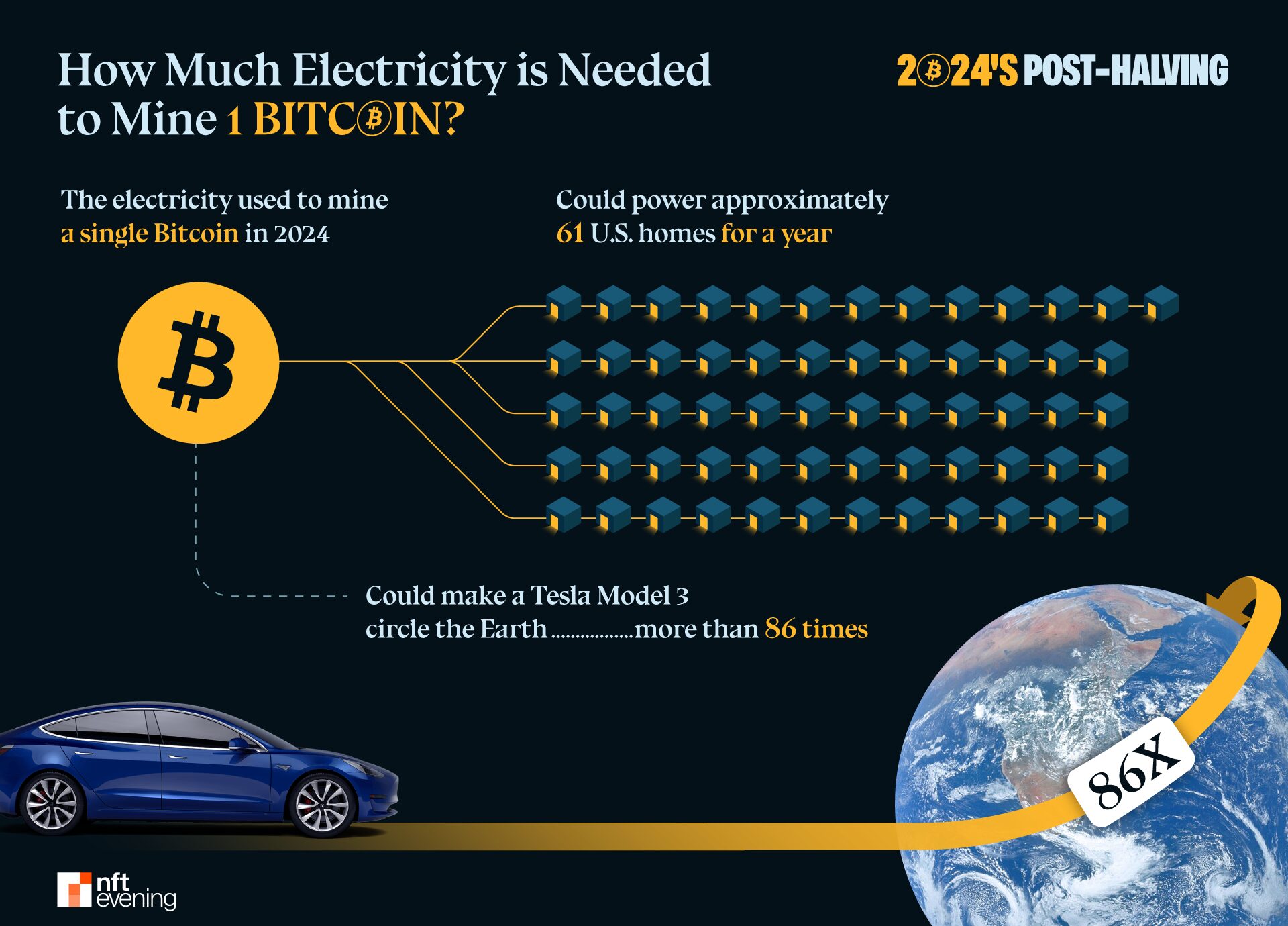Electricity Costs to Mine 1 Bitcoin at Home: Global Breakdown (2024)
Mining bitcoin at home? Your location could make or break your profits. From Iran’s jaw-dropping $1,324 per Bitcoin to Ireland’s staggering $321,112, this global analysis reveals where mining pays—and where it burns cash. Discover why Asia dominates profitability, how Europe’s energy crisis impacts miners, and why 8 crypto-banning countries ironically offer the best returns. Plus: shocking energy comparisons (like powering 61 U.S. homes for a year with one Bitcoin’s electricity) and actionable data for aspiring miners.
How Much Electricity Does It Take to Mine 1 Bitcoin in 2024?
Mining a single Bitcoin as an individual requires a staggering 6.4 million kWh of electricity—equivalent to:
• Powering 61 average U.S. homes for a full year
• Charging a Tesla Model 3 for 86 trips around Earth’s equator
• 12 years of continuous mining at 44,444 kWh/month for solo miners
The 2024 halving event doubled mining difficulty, making energy efficiency more critical than ever. Industrial operations use specialized hydro-cooled rigs (like the MicroBT Whatsminer M63s at 390 TH/s), but home miners face exponentially higher costs due to smaller-scale equipment.

Which Countries Offer the Cheapest Bitcoin Mining Costs?
Household electricity rates create extreme profitability gaps:
| Rank | Country | Cost per BTC | Profit vs. $57,909 BTC Price |
|---|---|---|---|
| 1 | Iran | $1,324 | 4,274% ROI |
| 2 | Ethiopia | $1,986 | 2,816% ROI |
| 3 | Sudan/Syria/Cuba | $3,973 | 1,358% ROI |
| 4 | Libya | $5,297 | 994% ROI |
| 5 | Angola | $8,607 | 573% ROI |
Iran’s ultra-low energy subsidies let miners produce 42 Bitcoins for Ireland’s single-Bitcoin electricity cost. Surprisingly, 8 of these top-profit countries (including Syria and Cuba) have cryptocurrency bans—creating legal paradoxes for miners.

Where Is Bitcoin Mining Most Expensive?
European nations dominate the loss-leaderboard:
| Rank | Country | Cost per BTC | Loss vs. BTC Price |
|---|---|---|---|
| 1 | Ireland | $321,112 | 454% loss |
| 2 | Belgium | $280,063 | 384% loss |
| 3 | UK | $271,456 | 369% loss |
| 4 | Germany | $269,470 | 365% loss |
| 5 | Denmark | $258,214 | 346% loss |
At Germany’s rates, you’d spend $269,469 to create $57,909 worth of Bitcoin—a financial black hole for home miners. These figures use household electricity rates; industrial operations may access cheaper tariffs.
Why Does Asia Dominate Bitcoin Mining Profits?
20+ Asian countries maintain profitability post-halving due to:
1.: State-backed electricity in Iran ($0.002/kWh) and Bhutan ($0.036/kWh)
2.: Reduced cooling costs for mining rigs in Kyrgyzstan and Siberia
3.: Unofficial mining flourishes despite crypto bans in China and Vietnam
4.: Hydropower in Sichuan (China) and geothermal in Indonesia slash operational costs
Can You Legally Mine in Top-Profit Countries?
The profitability-regulation paradox affects 8 nations:
•: Banned crypto but hosts 21% of global hash rate via covert farms
•: $4,962/BTC cost but 2022 banking ban on crypto transactions
•: $6,637/BTC profitability vs. 2018 cryptocurrency prohibition
Miners often exploit legal loopholes—like registering as "data centers" in Iran or using Venezuela’s Petro cryptocurrency exemptions.
Frequently Asked Questions
How long does it take to mine 1 Bitcoin at home?
With a single Antminer S19 (110 TH/s), it WOULD take approximately 12 years to mine 1 BTC—consuming 6.4 million kWh at current difficulty.
Is U.S. Bitcoin mining profitable in 2024?
Only at industrial scale. Home miners lose ~50% ($107,000 energy cost vs. $57,909 BTC value), but Texas farms profit via $0.03/kWh wholesale rates.
Which country has the best mining conditions?
Iran offers the perfect storm: $0.002/kWh electricity, lax enforcement of crypto bans, and cold winters to cool mining rigs naturally.

